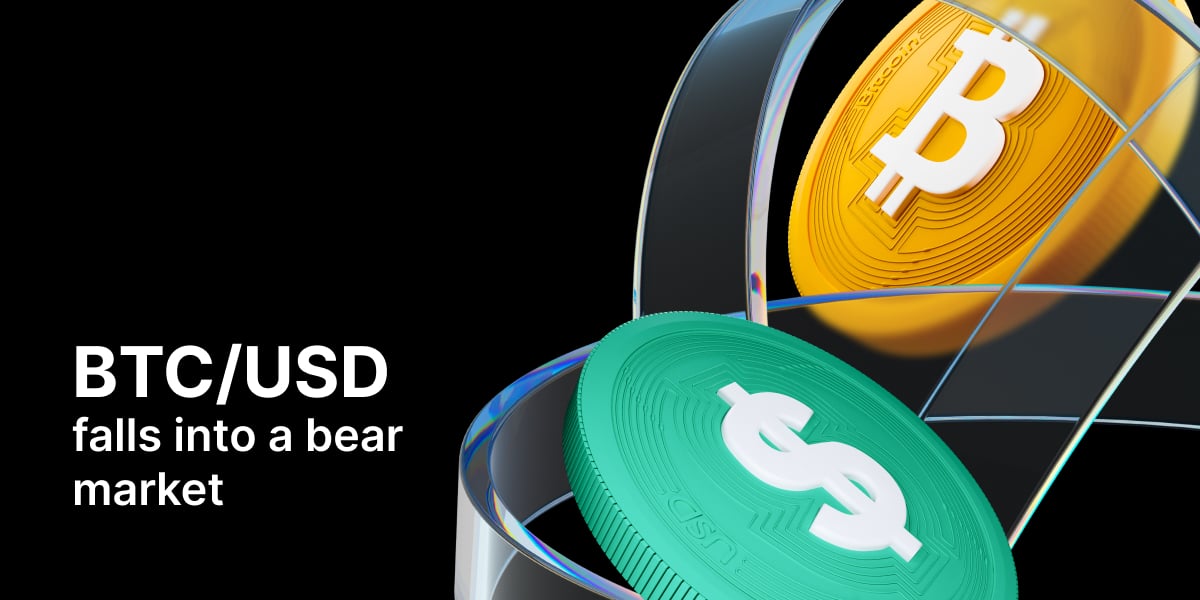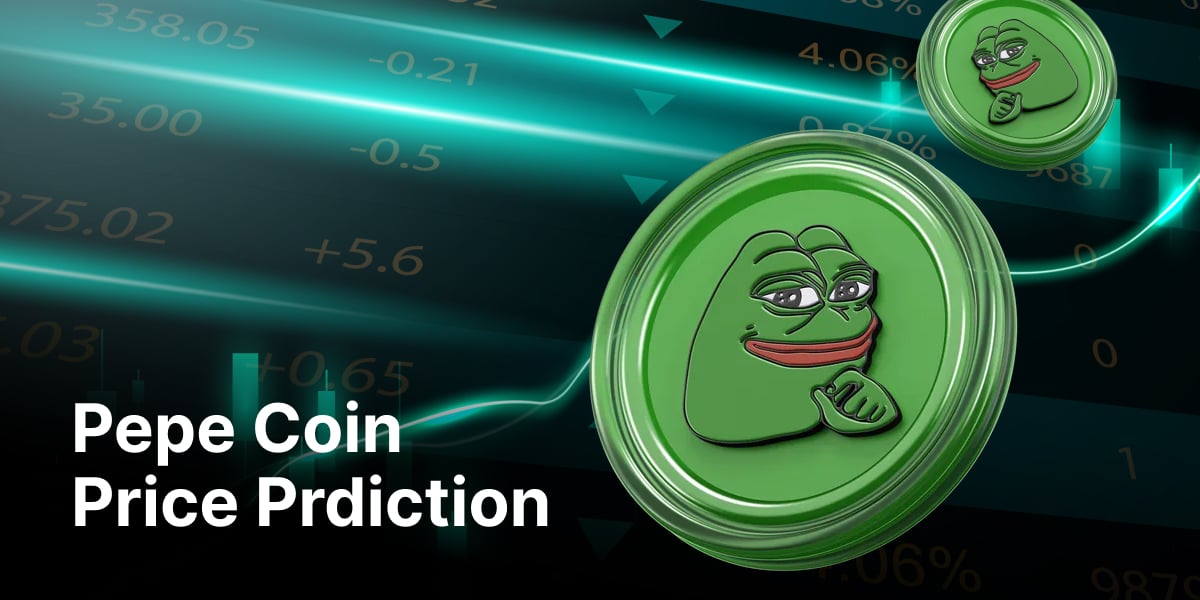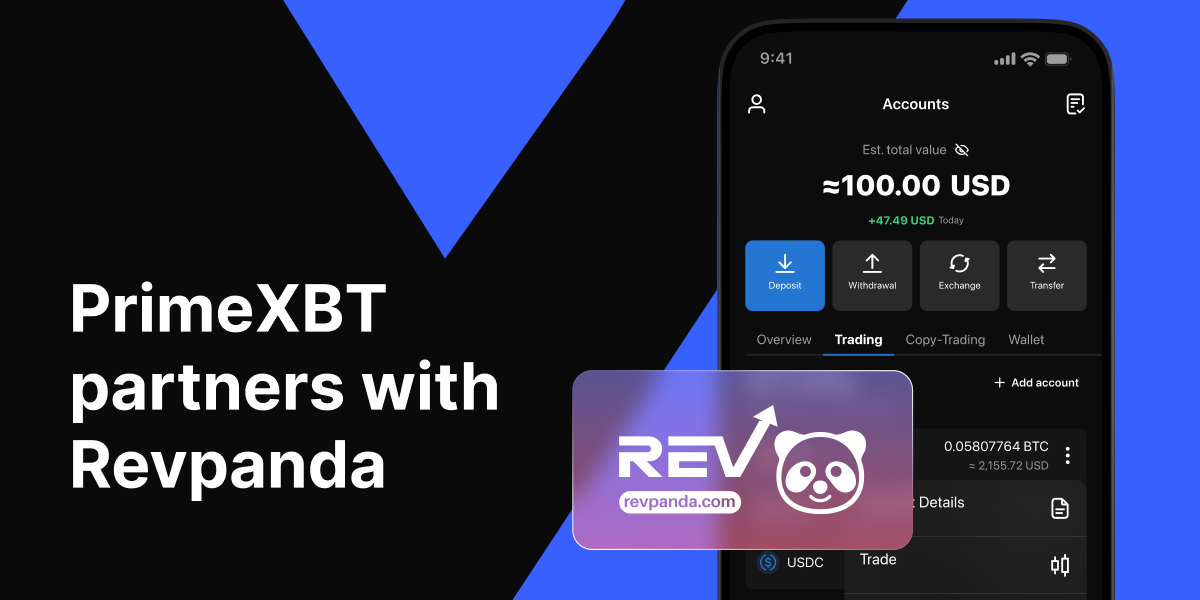In the ever-evolving world of blockchain technology, numerous platforms strive to carve their niche in the decentralized landscape. Two prominent contenders in this space are Polygon and Cardano. Each platform offers unique features and aims to address various challenges prevalent in the blockchain ecosystem.
In this article, we will conduct a comprehensive comparison of Polygon and Cardano, exploring their origins, technological foundations, consensus mechanisms, developer communities, governance structures, tokenomics, real-world applications, risks, community engagement, social impact initiatives, and future outlook.
By the end of this analysis, readers will gain a deeper understanding of both platforms and their potential in shaping the future of decentralized applications and financial systems.
The Origins: Founding and Development
Polygon, initially known as Matic Network, was founded in 2017 by three talented entrepreneurs, Jaynti Kanani, Sandeep Nailwal, and Anurag Arjun. The project aimed to address the scalability issues faced by Ethereum by utilizing a unique Layer 2 scaling solution. Over time, the platform rebranded as the Polygon network to broaden its scope beyond just Ethereum compatibility.
Cardano, on the other hand, was founded by Charles Hoskinson, one of the co-founders of Ethereum. The development of the Cardano ecosystem began in 2015, led by Input Output Hong Kong (IOHK), a blockchain engineering company. The platform emerged with the aspiration of establishing a more secure, scalable, and sustainable blockchain network by utilizing a research-driven approach.
Polygon vs Cardano: Technological Foundations
Polygon’s Architecture and Advantages
Polygon employs a unique Layer 2 scaling solution known as the Polygon SDK (Software Development Kit). This allows developers to build highly scalable and interoperable blockchain networks that are secured by Ethereum’s mainnet. The platform supports various Ethereum Virtual Machine (EVM) compatible networks, providing seamless integration with the Ethereum ecosystem.
Additionally, Polygon offers multiple side-chains, which significantly enhance transaction throughput and reduce costs compared to the Ethereum mainnet. This approach enables the Polygon ecosystem to provide a more user-friendly experience and cater to various decentralized applications.
Cardano’s Architecture and Advantages
Cardano stands out due to its innovative use of a layered architecture. It comprises two main layers, the Settlement Layer (SL) and the Computation Layer (CL). The SL handles the cryptocurrency (ADA) transactions, while the CL is responsible for executing smart contracts.
This design aims to enhance security and scalability, as each security layer can be updated independently. Cardano’s development process is research-driven, emphasizing peer-reviewed papers and academic expertise to ensure the platform’s robustness and long-term sustainability.
Polygon vs Cardano: Comparing Consensus Mechanisms
The consensus mechanism is a critical component of any blockchain platform, as it ensures agreement among participants and validates transactions. Polygon currently employs a Proof of Stake (PoS) consensus mechanism, with validators staking MATIC tokens to secure the network and participate in block validation process transactions. This approach enhances scalability and reduces energy consumption compared to Proof of Work (PoW) systems.
Cardano, on the other hand, utilizes a unique PoS protocol called Ouroboros. It is designed to ensure decentralization while enabling efficient and fast transaction processing times, validation and high throughput. Ouroboros employs a variation called Ouroboros Praos, which introduces randomness to the slot leader election process, enhancing security.
While both PoS mechanisms offer significant advantages over PoW, Polygon’s PoS implementation is simpler and has led to quicker adoption due to its compatibility with Ethereum.
Developer Community
The size and vibrancy of a platform’s developer community are crucial indicators of its potential for growth and adoption. Polygon has managed to build a robust developer community through various hackathons, grants, and developer support programs.
The platform’s compatibility with Ethereum also attracted developers already familiar with the EVM ecosystem, leading to a faster onboarding process.
Cardano’s developer community has been growing steadily over the years, driven by the platform’s research-driven approach and a strong emphasis on peer-reviewed papers.
IOHK, the company behind Cardano’s development, has actively engaged with academia and the broader developer community to foster innovation thorough research and collaboration.
Governance Structure
Governance is a critical aspect of any decentralized platform, as it determines how decisions are made and protocols are updated. Polygon employs a somewhat centralized governance model, where the core team plays a significant role in decision-making.
However, the platform has expressed intentions to gradually transition to a more decentralized governance structure by involving the community in protocol upgrades.
Cardano, on the other hand, embraces a decentralized and community-driven governance model. Through its treasury system, decentralized exchange, and voting mechanisms, ADA holders have a direct say in investment decisions and in protocol upgrades and funding proposals.
This approach promotes a more democratic decision-making process and aligns with the platform’s ethos of decentralization.
Tokenomics: Matic vs ADA
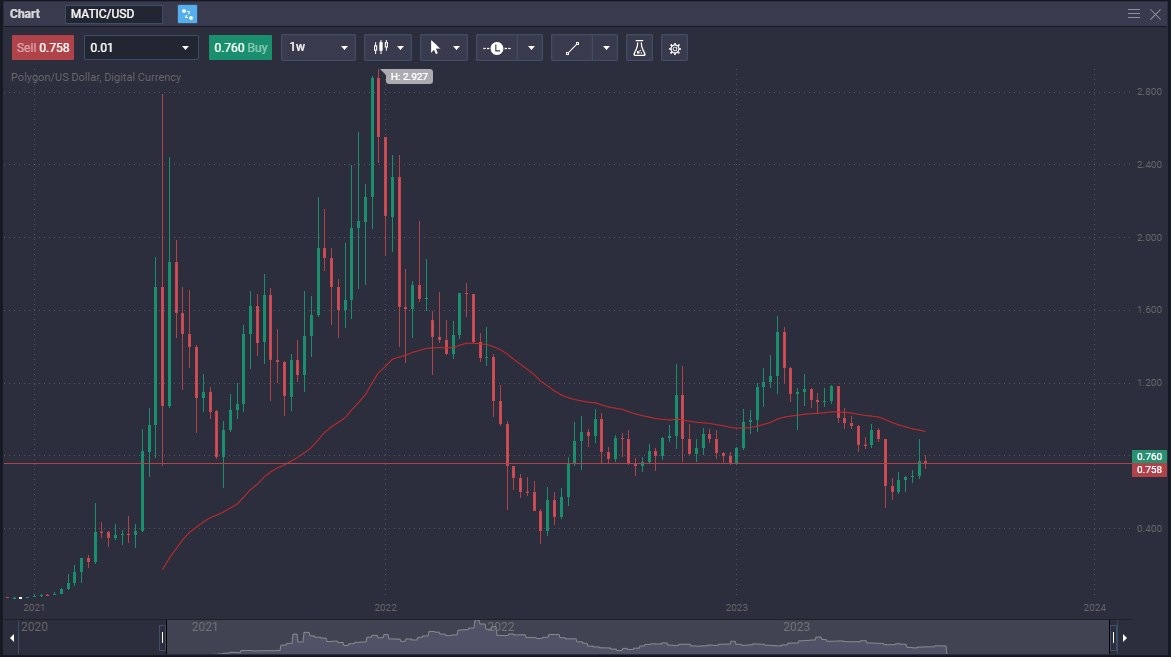
Tokenomics plays a vital role in the overall ecosystem of a blockchain platform. Polygon’s native token, MATIC, serves various purposes, including staking, transaction fees, and participating in the platform’s governance. The token’s supply is capped, which helps to maintain scarcity and potentially influence its price.
Cardano’s native token, ADA, is utilized for transaction fees, the staking rewards, and participating in the governance of the platform. Cardano has a maximum supply cap as well, which helps to instill a sense of scarcity and potential appreciation.
Use Cases and Real-World Applications
Real-World Applications of Polygon
Polygon’s Layer 2 scaling solution has facilitated the development of numerous decentralized applications and projects. Its low transaction fees and high throughput have attracted projects from various industries, including gaming, decentralized finance (DeFi), non-fungible tokens (NFTs), and supply chain management. Several notable blockchain projects have integrated with Polygon, enhancing their scalability and user experience.
Real-World Applications of Cardano
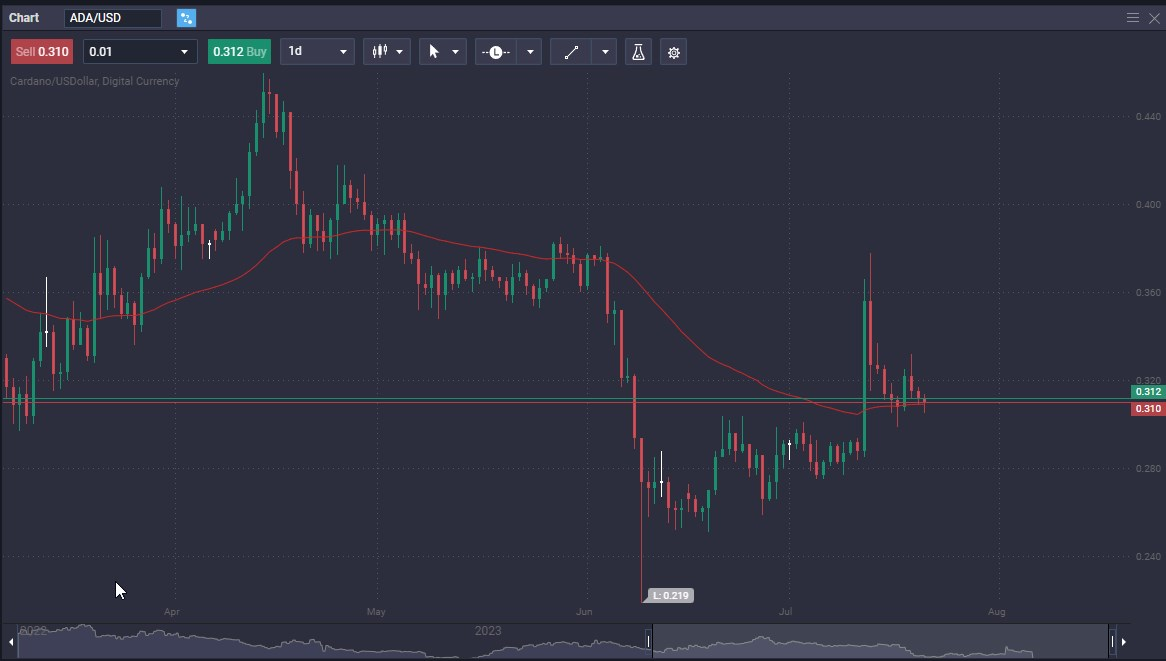
Cardano has focused on establishing strong partnerships and collaborations with governments, educational institutions, and enterprises. The platform’s research-driven approach has garnered attention from various industries seeking blockchain solutions with scientific backing.
Some potential applications of the Cardano blockchain include identity management, voting systems, supply chain tracking, and decentralized social networks.
Matic or ADA: Risk Analysis
As with any emerging technology, both Polygon and Cardano face their share of risks and challenges. For cardano and Polygon both, the transition from a somewhat centralized to a more decentralized governance model presents a significant challenge, as it requires balancing community input with rapid development and decision-making.
Additionally, competition from other Layer 2 scaling solutions may pose a threat to cardano and Polygon’s market position.
Cardano’s research-driven approach, while commendable, also poses risks as it may result in delays in protocol upgrades. Moreover, the platform faces competition from other third-generation blockchain platforms, each vying for dominance in the smart contract space.
Community Engagement
The strength and engagement of a project’s community are instrumental in driving adoption and maintaining long-term sustainability. Both Polygon and Cardano have dedicated and active communities, with active social media channels, forums, and developer groups.
Polygon’s compatibility with Ethereum has provided it with a head start, leading to a larger and more engaged community in the short term. However, vs polygon, Cardano’s research-driven approach has also attracted a devoted and enthusiastic community.
Social Impact Initiatives
While both the Polygon foundation and Cardano primarily focus on technological advancements, they have expressed interest in social impact initiatives. Projects built by cardano foundation and on Polygon have the potential to address real-world challenges such as financial inclusion, remittances, and sustainable supply chains. Cardano’s focus on partnerships with governments and academic institutions also signals
Future Outlook: Polygon vs Cardano
The future prospects of both Polygon and Cardano appear promising. Polygon’s compatibility with Ethereum and rapid adoption by decentralized applications suggest continued growth in the short to medium term.
Cardano’s research-driven approach and focus on robustness may result in better investment and more extensive adoption in the long term, especially in applications requiring high security and scalability.
In terms of challenges, both platforms need to address scalability concerns as blockchain technology gains mainstream adoption. Additionally, competition from other third-generation blockchain platforms may require continuous innovation to stay relevant.
Conclusion
In conclusion, both Polygon and Cardano present unique features and innovations in the blockchain space. While Polygon’s Layer 2 scaling solution and Ethereum compatibility have led to rapid adoption, Cardano’s research-driven approach and layered architecture offer a robust foundation for future applications. Choosing between Polygon and Cardano depends on the specific use case and requirements of developers and enterprises.
As the blockchain ecosystem evolves, the competition between Polygon and Cardano will continue to drive technological advancements and foster community engagement. As investors and developers, it is essential to keep a close eye on the progress of both platforms and assess their potential to shape the future of dapps and financial systems.
What is the difference between Polygon and Cardano?
Polygon and Cardano are two distinct blockchain platforms that address different challenges in the decentralized space. Polygon is primarily focused on providing Layer 2 scaling solutions for Ethereum, enhancing transaction throughput and reducing costs.
On the other hand, Cardano emphasizes a research-driven approach and a unique layered architecture to validate transactions and ensure security, scalability, and sustainability.
Is Polygon better than Cardano?
Determining whether Polygon is better than Cardano depends on the specific requirements of a project or use case. Polygon's Layer 2 scaling solution is well-suited for applications seeking enhanced scalability and lower transaction costs.
On the other hand, Cardano's research-driven approach and layered architecture offer higher security and the potential for more complex smart contract applications.
Ultimately, the choice between Polygon and Cardano should be based on the specific needs and goals of the project.
Why is Polygon cheaper than Cardano?
The cost difference between transactions on Polygon and Cardano is mainly attributed to the underlying consensus mechanisms and network design.
Polygon uses a Proof of Stake (PoS) consensus algorithm, which is generally more energy-efficient and cost-effective than traditional Proof of Work (PoW) mechanisms.
Cardano also uses PoS, but its unique layered architecture and research-driven approach may result in higher costs for certain operations cheaper transactions due to the added security and complexity they provide.
